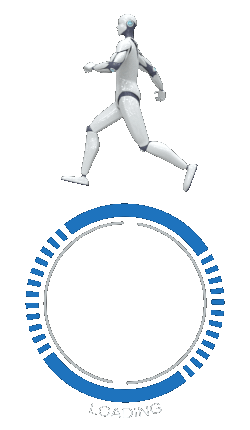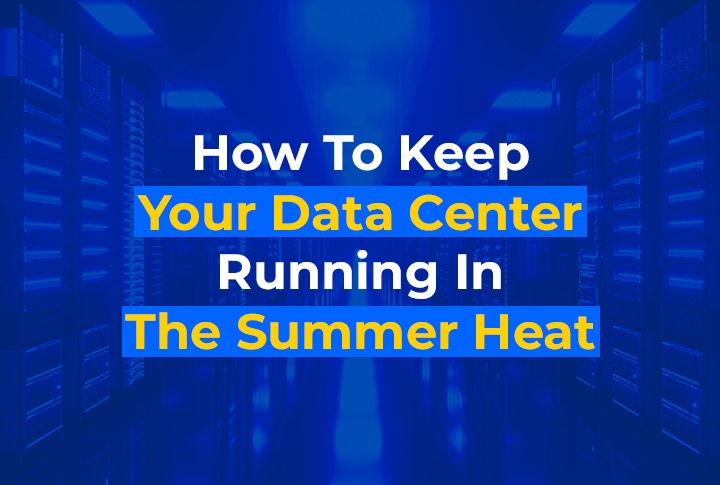During the summer, it is especially important to pay attention to the heating and cooling patterns of the data center. This allows you to anticipate demand, prevent overheating, and avoid overspending energy bills. Some important steps to improve efficiency will greatly help keep your data center cool this summer.
Check The Airway
It is very frustrating to work tirelessly towards the goal of being blocked only by factors that could have been completely avoided if properly planned. If you want to reduce your electricity bill, why not bake pizza or cake all day in the middle of summer?
The same is true here, but only on a large scale. Unfortunately, this is a common theme in many data centers. Staff are often too busy with their daily work to realize that their efforts are in conflict.
The first step in achieving efficient data center cooling is to evaluate the layout of the facility in terms of both the rack and storage structure, as well as the overall design. Look for gaps that allow air to escape and enter. This includes windows, doors, floor panels, ventilation ducts, ceiling panels and more.
Make sure the space is properly sealed and the moisture barrier is maintained to prevent moisture. Now that we’ve walked through the data center completely, it’s time to take a closer look at the layout of each component. The rack should alternate between hot and cold aisle configurations to prevent equipment that draws cold air from one side from immediately recirculating to the other.
If you are using raised floors with hot and cold Aisle setup, make sure that the perimeter cooling units (CRAC) should be placed perpendicular to the Hot Aisle and perforated tiles should only be placed in front of the Racks to ensure even air flow. Finally, make sure that the restraint system is properly directing the air flow where it is needed, air throw of a typical CRAC unit is around 12-18 meter, for long room / racks rows it is recommended to install the CRAC units on the both side of the row.
Monitor Temperature and Humidity
Take the time to regularly monitor the temperature and humidity of your data center, as you cannot improve what you have not measured. This will give you a better understanding of how space works and where potential problems lie.
If possible, install multiple temperature and humidity sensors throughout the facility to get a better idea.
There are a few things to keep in mind when checking the temperature and humidity levels in your data center. First, we aim for a temperature between 18 to 27 degrees Celsius and relative humidity between 45% to 55 % and should not exceed 60.
Also note the dew point, which is a measure of the amount of water in the air. The dew point should be at least 5 degrees below the temperature to ensure proper cooling performance.
Examine The Equipment
Educational institutions typically continue to use the device simply because it has been in use for a long time and appears to be functioning properly.
Instead of relying on legacy equipment, take the time to reassess your data center needs and make the necessary upgrades. This includes everything from replacing old servers to investing in more energy efficient cooling systems. This not only improves efficiency, but also facilitates team collaboration and future data center maintenance.
Conclusion
All in all, this should serve as a good guide to helping you keep your data centers cool for the summer and keep them running in tip-top shape. If you feel like you require further assistance then rest assured, SI Global, one of the leading data center solution Dubai and data center providers in GCC is here to help and you can get in touch with us by sending us a mail at (info@sigbl.com).
Also Read: How Data Center Solutions Can Add Value to Your Business


